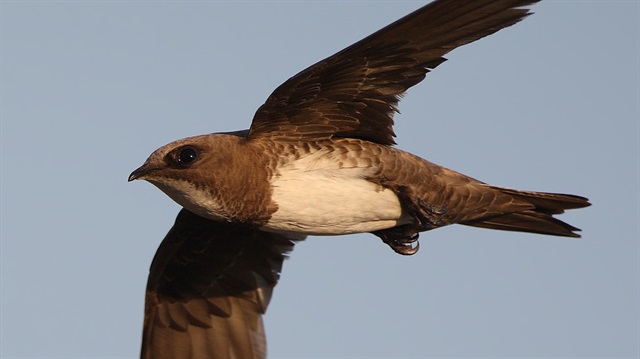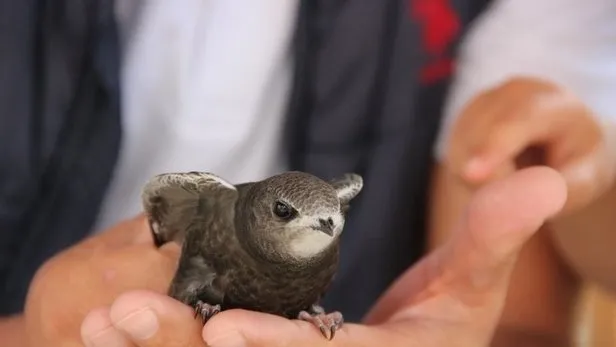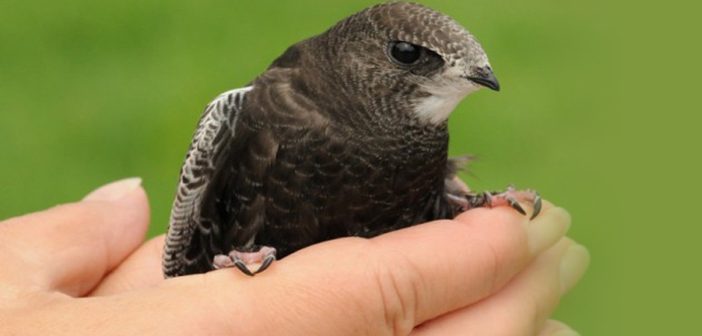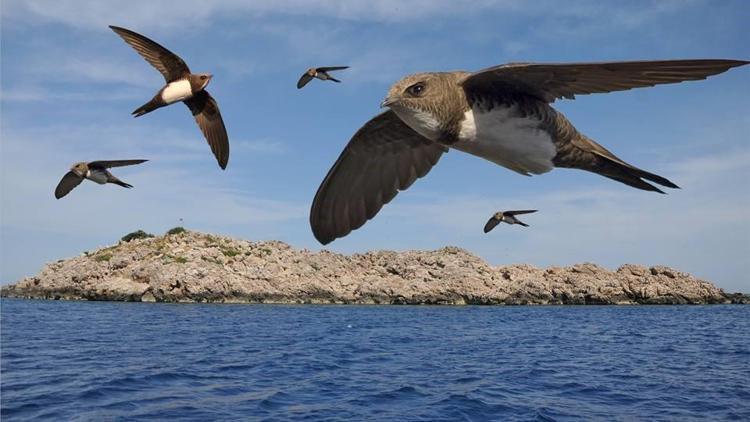Ebabil: Nature's Aerial Wonders
Ebabil: Nature's Aerial Wonders
Introduction:
Swifts, commonly known as swiftlets, are slender and agile birds often seen soaring through the skies. This article provides an in-depth exploration of the characteristics, habitats, behaviors, and ecological significance of swifts.
Physical Features:
Swifts are recognized by their long, slender wings and forked tails. Their eyes are large and wide, providing them with effective vision during flight. Their feathers are typically black or dark in color, often characterized by faintly spread white spots as they swiftly maneuver through the air.
Distribution and Habitat:
Swift species are typically found in temperate regions of Africa, Asia, and Europe. During the summer months, they often nest on high building rooftops or rocky cliffs. Migratory species may migrate southward to warmer regions for the winter.
Feeding Habits:
Swifts feed on flying insects and are particularly active hunters during the evening hours. While in flight, they glide with their mouths open, swiftly capturing prey with rapid maneuvers.
Reproduction and Behavior:
Swifts typically live and migrate in large flocks. During the mating season, males attract females through aerial acrobatics displays. They often prefer sheltered locations such as roof cavities or rock crevices for nesting.
Ecological Role:
Swifts play a vital role in ecosystems, particularly in controlling flying insect populations, which can aid in pest control in agricultural areas.
Conservation Status and Threats:
Swift populations are threatened by human impacts such as habitat loss, urban development, and environmental pollution. They may encounter conflicts with human activities, especially when nesting on the rooftops of tall buildings in cities.
Conclusion:
Swifts are intriguing bird species known for their graceful flights and ecological significance. Protecting them and preserving their habitats is crucial for the health of natural ecosystems.
References:
[Include a list of references citing scientific papers, books, and other reputable sources used in the article.]
Kaynakça
- ^ "Mindat.org". www.mindat.org. 7 Haziran 2021 tarihinde kaynağından arşivlendi. Erişim tarihi: 7 Haziran 2021.
- ^ Haber Türk https://www.haberturk.com/ebabil-kusu-hikayesi-nedir-ebabil-kusu-ne-anlama-gelir-2612797 27 Mart 2024 tarihinde Wayback Machine sitesinde arşivlendi. Erişim tarihi: 27 Mart 2024
- ^ Tdv İslam Ansiklopedisi https://islamansiklopedisi.org.tr/fil-vakasi 14 Ekim 2019 tarihinde Wayback Machine sitesinde arşivlendi. Erişim tarihi: 27 Mart 2024.




































